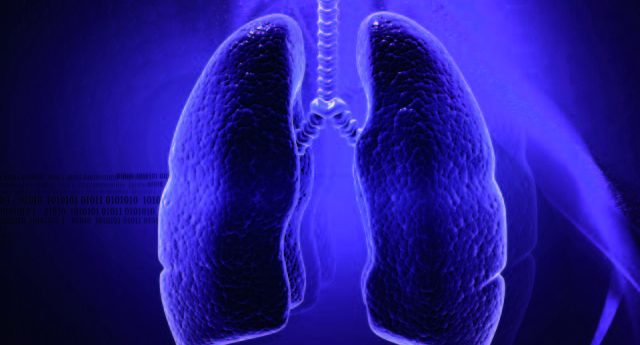Novel regeneration method to repair severely damaged lungs

New research has described a model capable of regenerating severely damaged lungs to meet criteria for transplantation. This development has the potential to increase the number of lungs available for transplant.
In a seven-year collaborative study between scientists from Columbia Engineering (NY, USA) and Vanderbilt University (TN, USA), researchers have developed a novel method to address the critical shortage in lung donor organs. The team have recently published a paper in Nature Communications describing the development of a cross-circulation platform that can maintain the viability of a donor lung for up to 56 hours — providing the time to repair any lung damage before transplantation takes place.
Where cases of heart failure can be treated with mechanical circulatory support systems, end stage lung disease patients have fewer options – making lung transplantation the most attractive treatment currently available. However, this lifesaving treatment is currently limited by the number of appropriate donor organs, with up to 80% of available donor lungs being rejected due to potentially reversible damage.
“To support lung recovery and to demonstrate cellular regeneration, we had to pursue a radically different approach and develop more minimally invasive diagnostics,” commented Brandon Guenthart, Columbia Engineering, a lead author of the study.
In a previous study, the team were able to fully restore the function of lungs injured by ischemia, a condition causing damage due to a lack of oxygen supply, by maintaining the lung function for 36 hours through the cross-circulation platform.
Now, the team have applied this novel technology to repair lung damage resulting from gastric aspiration — the most common cause of donor lung rejection. Gastric aspiration is characterized by the severe injury of the pulmonary epithelium, resulting from the entry of gastric material into the respiratory tract, making the lung unacceptable for transplantation.
Currently, lung support systems are limited to only 6-8 hours, making the repair of this type of damage impossible. However, this new study has demonstrated that lungs injured from gastric aspiration can be maintained for several days — enabling their regeneration through repeated therapeutic interventions.
“For seven years, we have diligently worked to develop new technologies for the maintenance and recovery of donor organs. This paper represents a culmination of fundamental and translational studies of lung bioengineering that have converged into a system capable to recover severely damaged lungs. We now have the team and technology to bring this research to the patients, by making more donor lungs available for transplant,” commented Gordana Vunjak-Novakovic, a professor at Columbia Engineering and co-leader of the team.
In the future, the team have plans to evaluate further the functional capabilities of the transplanted lungs, and additionally evaluate the safety of this method using immunosuppressed animal models.
Matthew Bacchettaunjak-Novakovic, a professor at the Vanderbilt University and co-leader of the team concluded; “we envision that interventional cross-circulation may be used to investigate regeneration of other damaged organs, such as hearts, kidneys, and livers, expanding donor pools by salvaging severely damaged organs and leading to more organ transplants.”
Sources: Guenthart BA, O’Neill JD, Kim J et al. Regeneration of severely damaged lungs using an interventional cross-circulation platform. Nat. Comm. 10; 1985 (2019); https://engineering.columbia.edu/press-releases/regeneration-severely-damaged-lungs